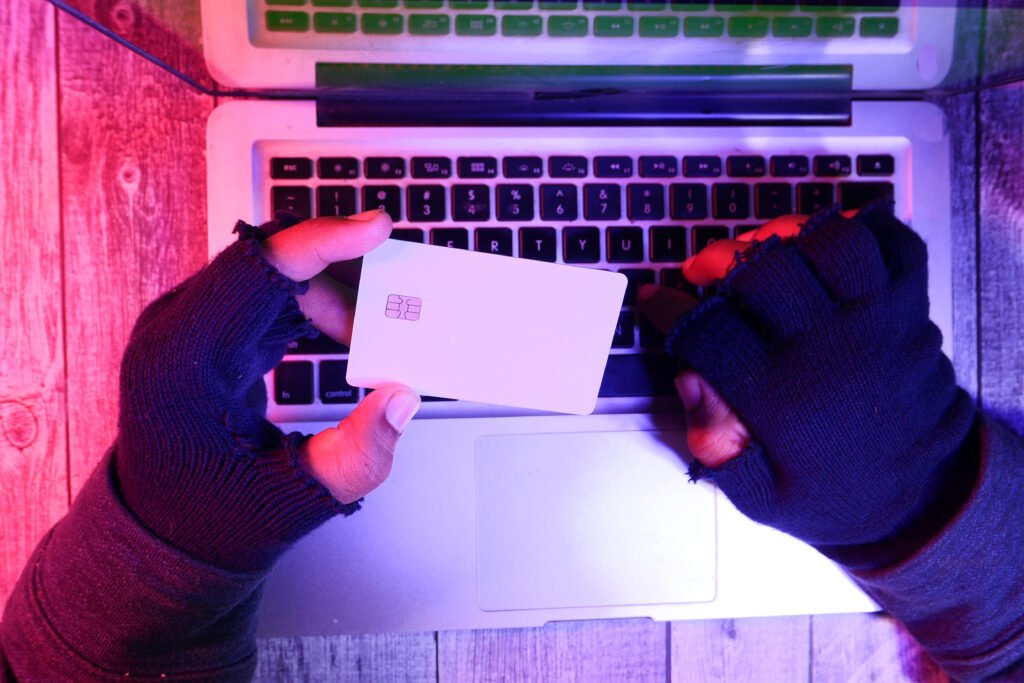Identity theft is a growing concern in today’s digital world, where personal information is often stored online and shared across various platforms. It occurs when someone steals your identity or personal information to commit fraud, such as opening accounts, taking loans, or making unauthorized purchases in your name. The consequences of identity theft can be devastating, affecting your finances, credit score, and even your peace of mind. Fortunately, there are steps you can take to protect yourself and prevent becoming a victim.

Understanding how identity theft happens is the first step to prevention. Thieves use various tactics to access your personal information, including phishing scams, data breaches, stolen mail, or even physically stealing your wallet. In the digital realm, hackers may target weak passwords, public Wi-Fi connections, or unsecured websites to obtain sensitive data. Recognizing these vulnerabilities allows you to take proactive measures to safeguard your information.
Protecting your personal information starts with managing your physical and digital security. Always keep important documents such as your Social Security card, passport, and birth certificate in a safe place. Shred any paperwork that contains sensitive information before discarding it, including bank statements, medical records, or credit card offers. Be cautious about sharing personal details, even in conversations, as criminals may use social engineering techniques to gather information.
In the digital world, using strong and unique passwords for all your accounts is essential. Avoid using easily guessable information like your name, birthdate, or common words. Instead, create passwords with a mix of upper and lowercase letters, numbers, and special characters. Consider using a password manager to generate and store complex passwords securely. Enable two-factor authentication (2FA) on your accounts whenever possible, adding an extra layer of security.
Monitoring your financial accounts regularly is another critical step in preventing identity theft. Review your bank and credit card statements frequently for any unauthorized transactions. Setting up account alerts can notify you of unusual activity in real time. Additionally, obtain a copy of your credit report from each of the three major credit bureaus—Equifax, Experian, and TransUnion—at least once a year. Look for unfamiliar accounts or inquiries and report any discrepancies immediately.
Be cautious when using the internet, especially on public Wi-Fi networks. Public Wi-Fi is often unsecured, making it an easy target for hackers. Avoid accessing sensitive accounts or entering personal information while connected to public Wi-Fi. If you must use these networks, consider using a Virtual Private Network (VPN) to encrypt your internet traffic and protect your data from interception.
Phishing scams are a common method used by identity thieves to trick you into revealing personal information. These scams often come in the form of fake emails, messages, or phone calls that appear to be from legitimate companies. They may request login credentials, Social Security numbers, or other sensitive information. Always verify the authenticity of the communication before responding. Avoid clicking on suspicious links or downloading attachments from unknown sources.
Social media platforms can also expose you to identity theft risks. Be mindful of the information you share online, such as your address, phone number, or even vacation plans. Adjust your privacy settings to limit who can view your profile and posts. Remember, identity thieves can piece together information from different sources to create a complete profile of you.

If you suspect that your identity has been stolen, act quickly to minimize the damage. Start by contacting your financial institutions to freeze your accounts and prevent unauthorized transactions. File a report with your local police department and the Federal Trade Commission (FTC) to document the theft. Notify the credit bureaus to place a fraud alert on your credit file, which warns potential creditors to take extra steps to verify your identity before extending credit.
Consider freezing your credit as an additional layer of protection. A credit freeze prevents anyone from accessing your credit report without your permission, making it difficult for identity thieves to open new accounts in your name. You can lift the freeze temporarily when you need to apply for credit.
Identity theft insurance is another option to explore. While it won’t prevent identity theft, it can help cover the costs associated with recovering your identity, such as legal fees or lost wages. Many insurance companies offer identity theft protection plans that include monitoring services and resolution assistance.
Educating yourself and others about identity theft is one of the most effective ways to prevent it. Share what you’ve learned with family and friends, especially children and elderly relatives who may be more vulnerable to scams. Encourage them to adopt safe practices, such as using strong passwords, avoiding suspicious links, and being cautious with personal information.
Technology also offers tools to help protect against identity theft. Many credit card companies and banks provide monitoring services that track your accounts for suspicious activity. Anti-virus software and firewalls can safeguard your devices from malware and hackers. Investing in these technologies can give you peace of mind and an added layer of security.
Ultimately, preventing identity theft requires vigilance, awareness, and a proactive approach. By taking steps to secure your personal information, monitoring your accounts, and educating yourself about potential risks, you can significantly reduce your chances of becoming a victim. Remember, identity theft can happen to anyone, but with the right precautions, you can protect yourself and your peace of mind. Stay informed, stay secure, and take control of your identity.